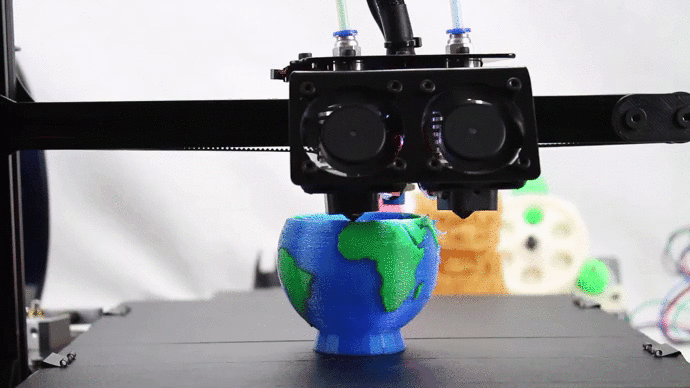What Is FDM?
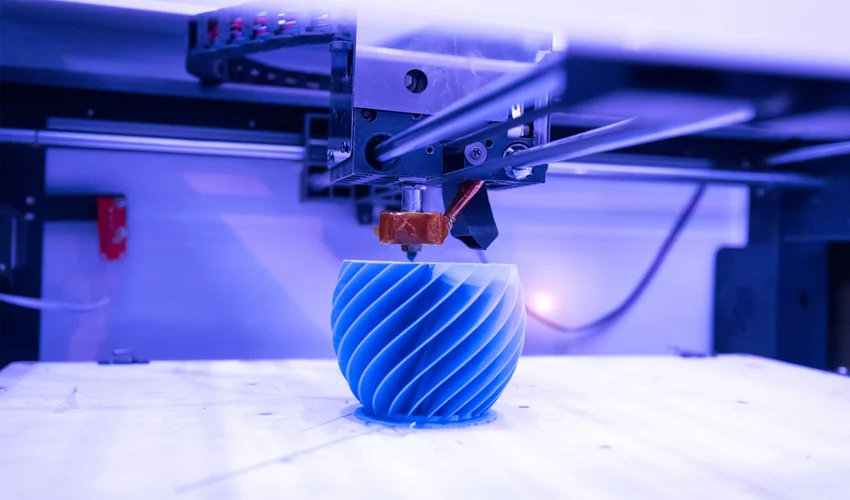
Fused Deposition Modeling, also known as FDM, is a 3D printing manufacturing process that extrudes and deposits melted plastic filament fed from a spool onto the print bed continuously until the part is completed.
Our FDM Printer
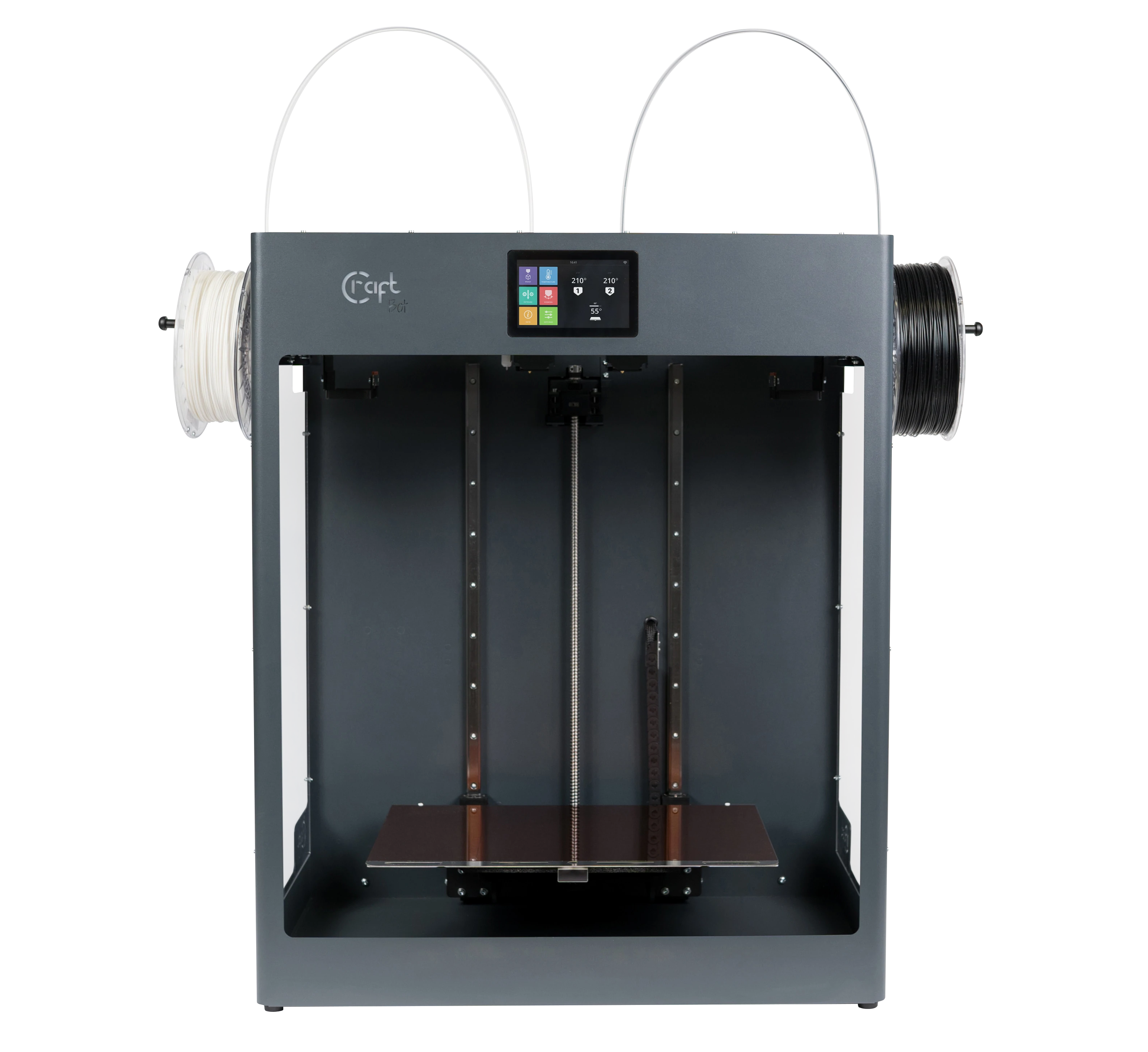
Craftbot Flow Idex XL
Featuring dual extrusion heads for dual color or material prints simultaneously, the Crafbot Flow Idex XL is the simplest solution for production prototype parts. Optimizing build speed and material use without sacrificing print quality, our FDM printer is the perfect choice for turning rapid prototyping into production.
FDM Capabilities
| Build Size | 450 x 250 x 250 mm |
| Print Speed | Up to 200mm/s |
| Layer Height | 0.05~0.3mm |
| Build Plate Temp | 60-110°C |
| Extruders | 2 |
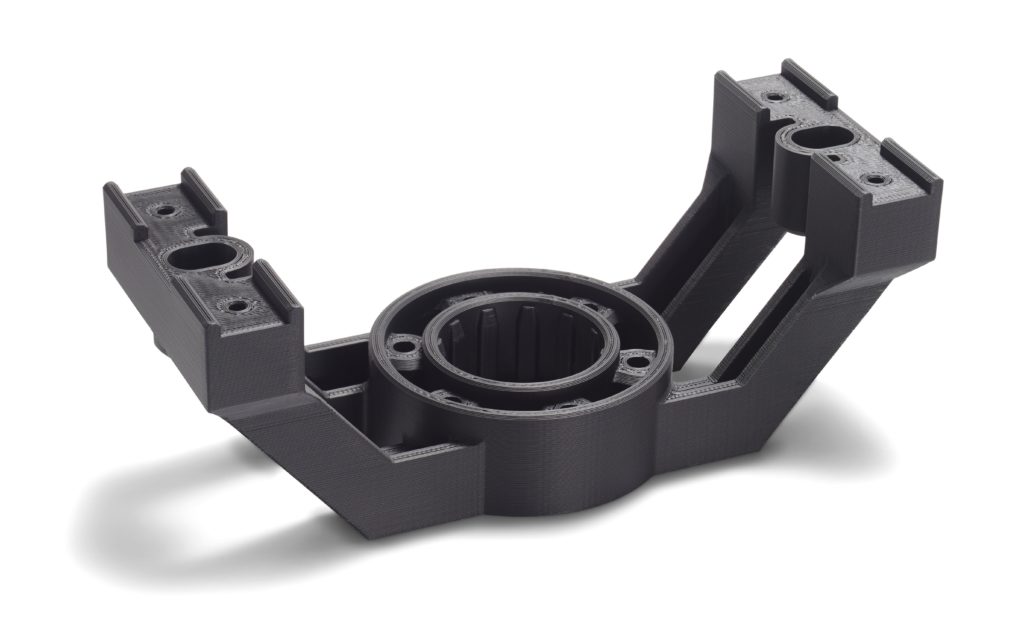
FDM Materials
ABS (acrylonitrile butadiene styrene) is a petrol-based material that's well known for its toughness and high resistance to heat, electricity, and chemicals. ABS filament is an extremely durable thermoplastic that is commonly used in rapid prototyping and additive manufacturing environments to test product impact resistance and durability.
PLA filament is a thermoplastic polymer made strictly from renewable resources. Poly Lactic Acid (PLA), is generated from biodegradable material like cornstarch, potato starch, sugarcane and tapioca roots, and has a smooth, shiny appearance. “PLA+” is a name frequently given to variants of PLA whose material properties have been enhanced through the use of additives beyond its traditional composition.
Why Use FDM?
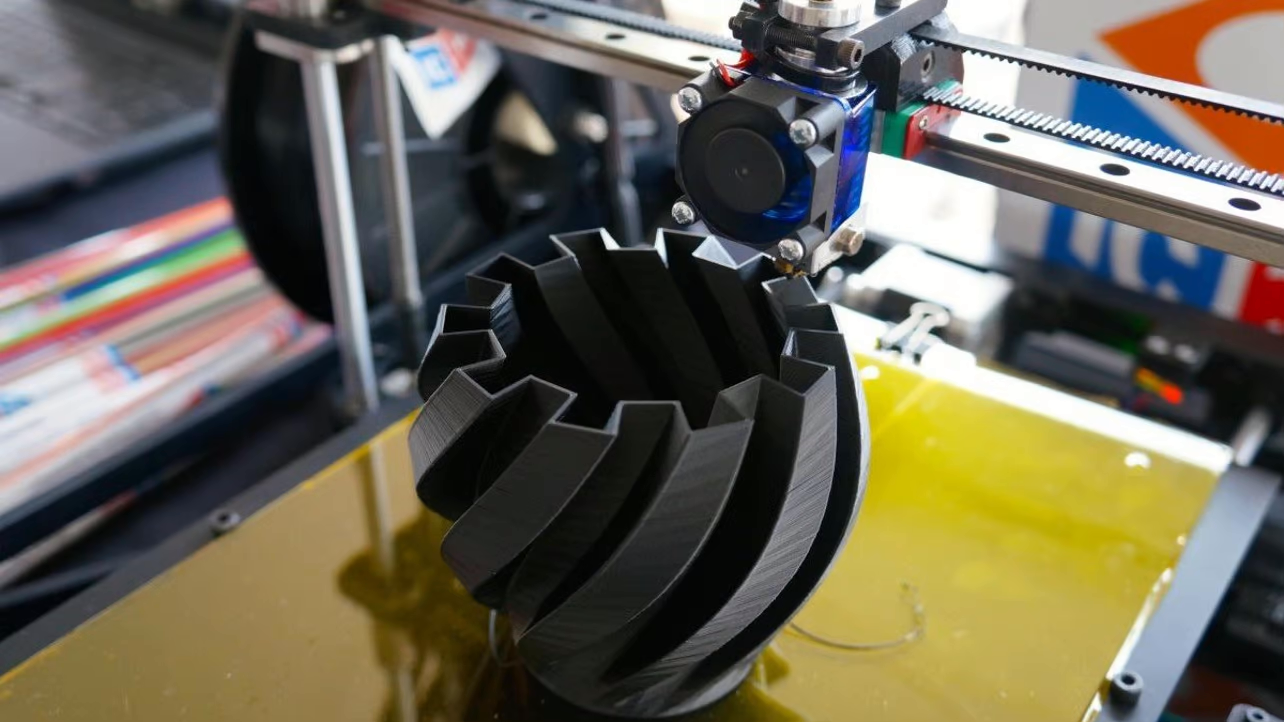
Fused Deposition Modeling is the cheapest and easiest solution for creating parts with:
- Low cost optimized material use
- Mechanical resistance customization
- Millimetric resolution
- Prototyping properties
